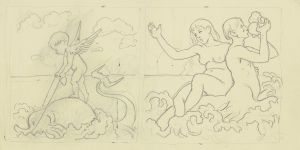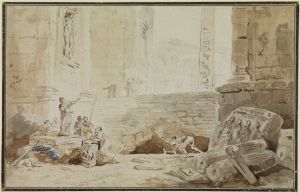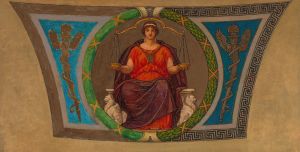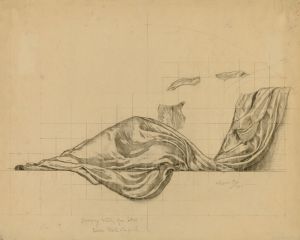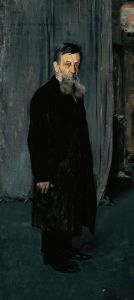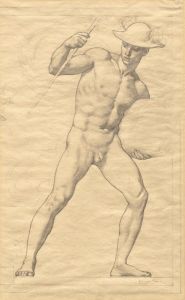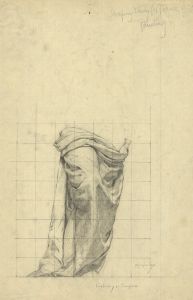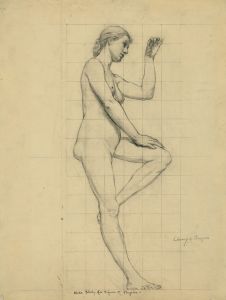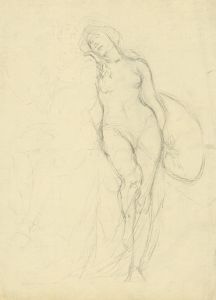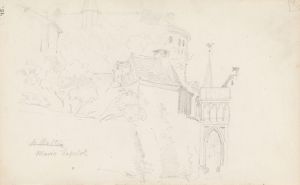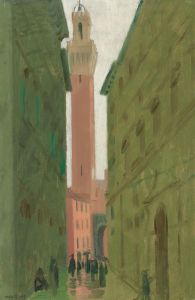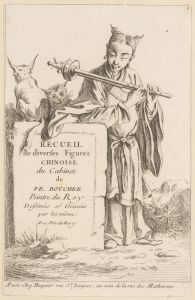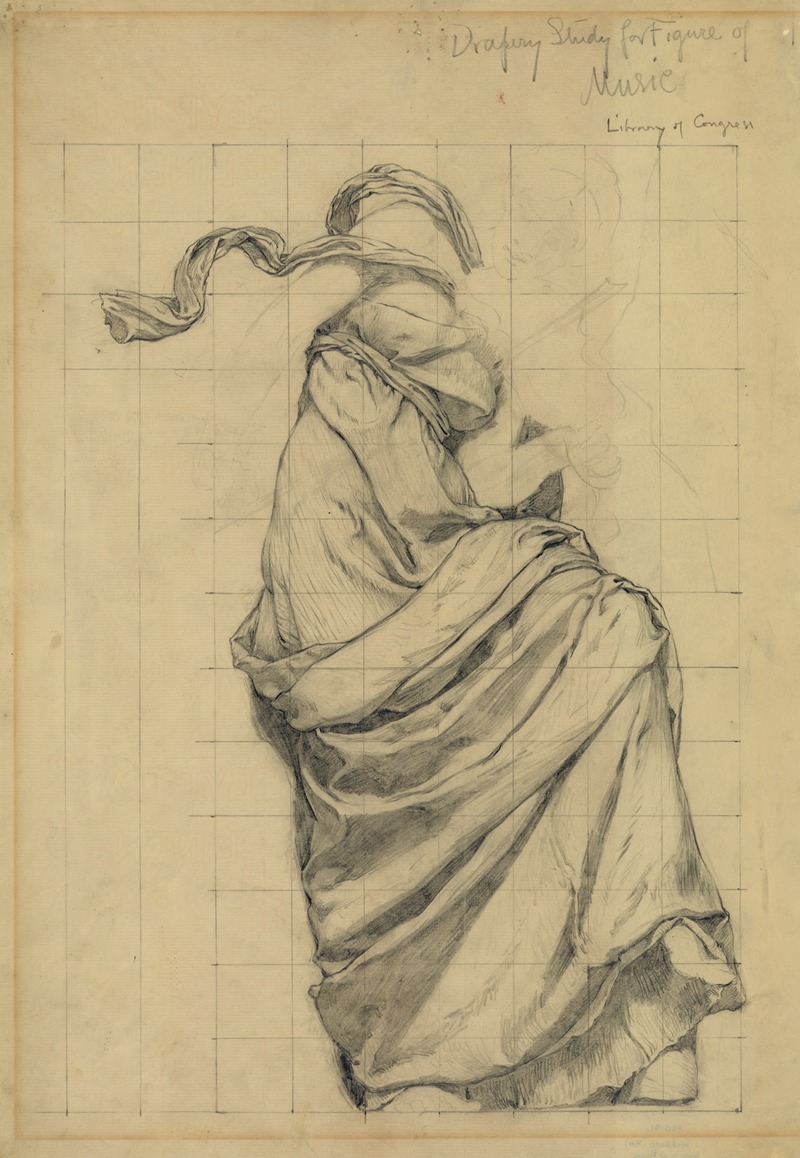
Drapery study for figure of Music
A hand-painted replica of Kenyon Cox’s masterpiece Drapery study for figure of Music, meticulously crafted by professional artists to capture the true essence of the original. Each piece is created with museum-quality canvas and rare mineral pigments, carefully painted by experienced artists with delicate brushstrokes and rich, layered colors to perfectly recreate the texture of the original artwork. Unlike machine-printed reproductions, this hand-painted version brings the painting to life, infused with the artist’s emotions and skill in every stroke. Whether for personal collection or home decoration, it instantly elevates the artistic atmosphere of any space.
Kenyon Cox (1856–1919) was an American painter, illustrator, muralist, and writer, known for his academic style and contributions to the American Renaissance movement. One of his notable works is the "Drapery Study for Figure of Music," which reflects his mastery in depicting the human form and drapery, a skill highly valued in academic art training.
Cox was born in Warren, Ohio, and showed an early interest in art. He studied at the McMicken School of Design in Cincinnati and later at the Pennsylvania Academy of the Fine Arts. In 1877, he traveled to Paris to study at the École des Beaux-Arts under the tutelage of Jean-Léon Gérôme, a prominent academic painter. Cox's education in Paris exposed him to the rigorous training of the French academic system, which emphasized drawing from life, anatomy, and the study of classical art.
The "Drapery Study for Figure of Music" is a preparatory work that Cox created as part of his process for larger compositions, possibly for a mural or an allegorical painting. Drapery studies are essential exercises for artists, as they help in understanding how fabric interacts with the human form, how it folds, and how light and shadow play across its surfaces. These studies are often done in pencil, charcoal, or chalk, allowing the artist to focus on line, form, and value without the distraction of color.
Cox's drapery study demonstrates his skill in rendering the delicate and complex folds of fabric, capturing both the weight and the movement of the material. Such studies were crucial for artists involved in mural painting, as they often depicted figures in classical or allegorical settings where draped clothing was a significant element. The attention to detail in these studies ensured that the final work would convey a sense of realism and grace.
Throughout his career, Kenyon Cox was a strong advocate for academic art and the values it represented. He believed in the importance of technical skill and the study of classical art as a foundation for contemporary work. Cox's writings and lectures often emphasized these principles, and he became a prominent voice in the art community, defending traditional methods against the rising tide of modernism.
In addition to his work as a painter and muralist, Cox was a prolific writer and critic. He contributed articles to various art journals and published several books on art theory and criticism. His influence extended beyond his own work, as he played a significant role in shaping the discourse around art in America during his lifetime.
The "Drapery Study for Figure of Music" is a testament to Kenyon Cox's dedication to his craft and his commitment to the ideals of academic art. It reflects the meticulous preparation and attention to detail that characterized his approach to art-making, as well as his ability to convey beauty and elegance through the study of form and drapery.





